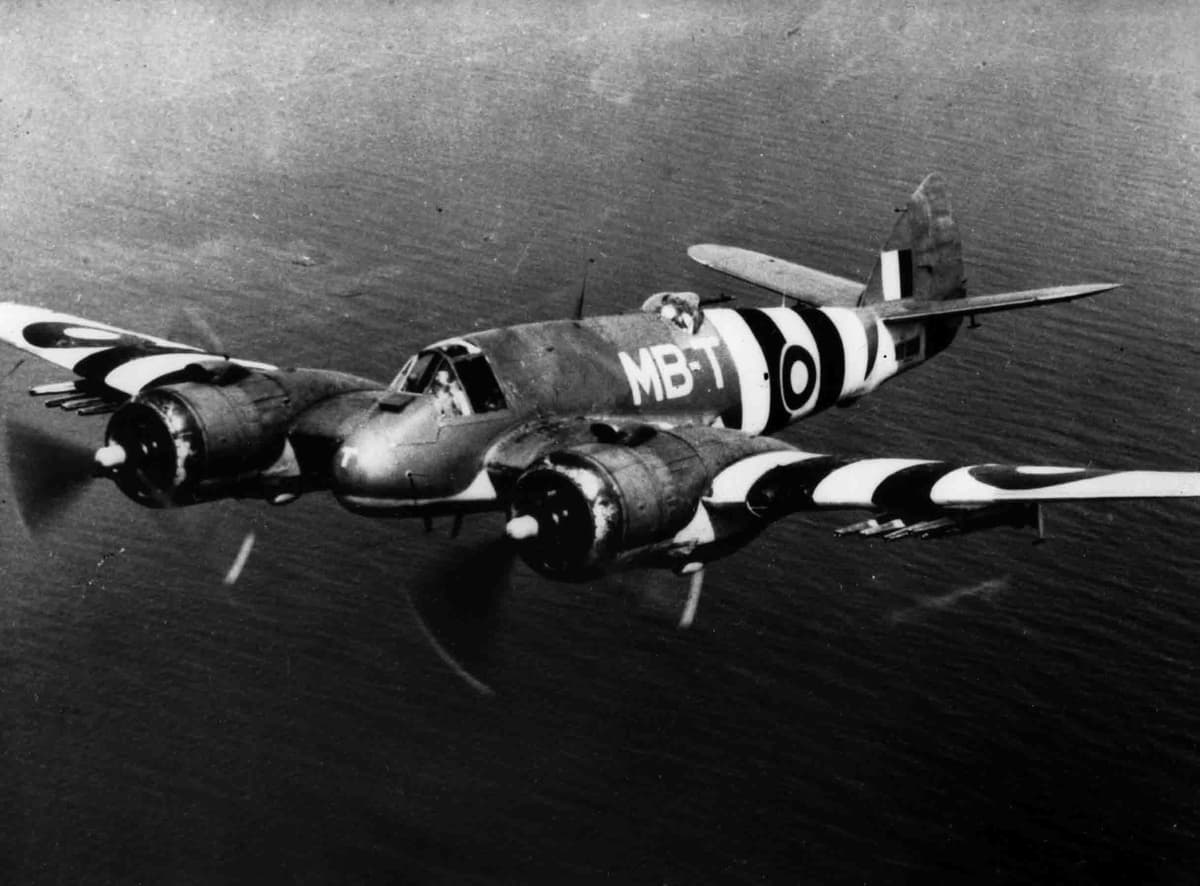
May
13
Lunchtime Lecture (London): ‘To Force the Enemy Off the Sea’: The RAF’s North Coates Strike Wing 1943-45
By RAF Museum
hosted by
RAF Museum
share
Lunchtime Lecture (London): ‘To Force the Enemy Off the Sea’: The RAF’s North Coates Strike Wing 1943-45

May
13
By RAF Museum
hosted by
RAF Museum
share